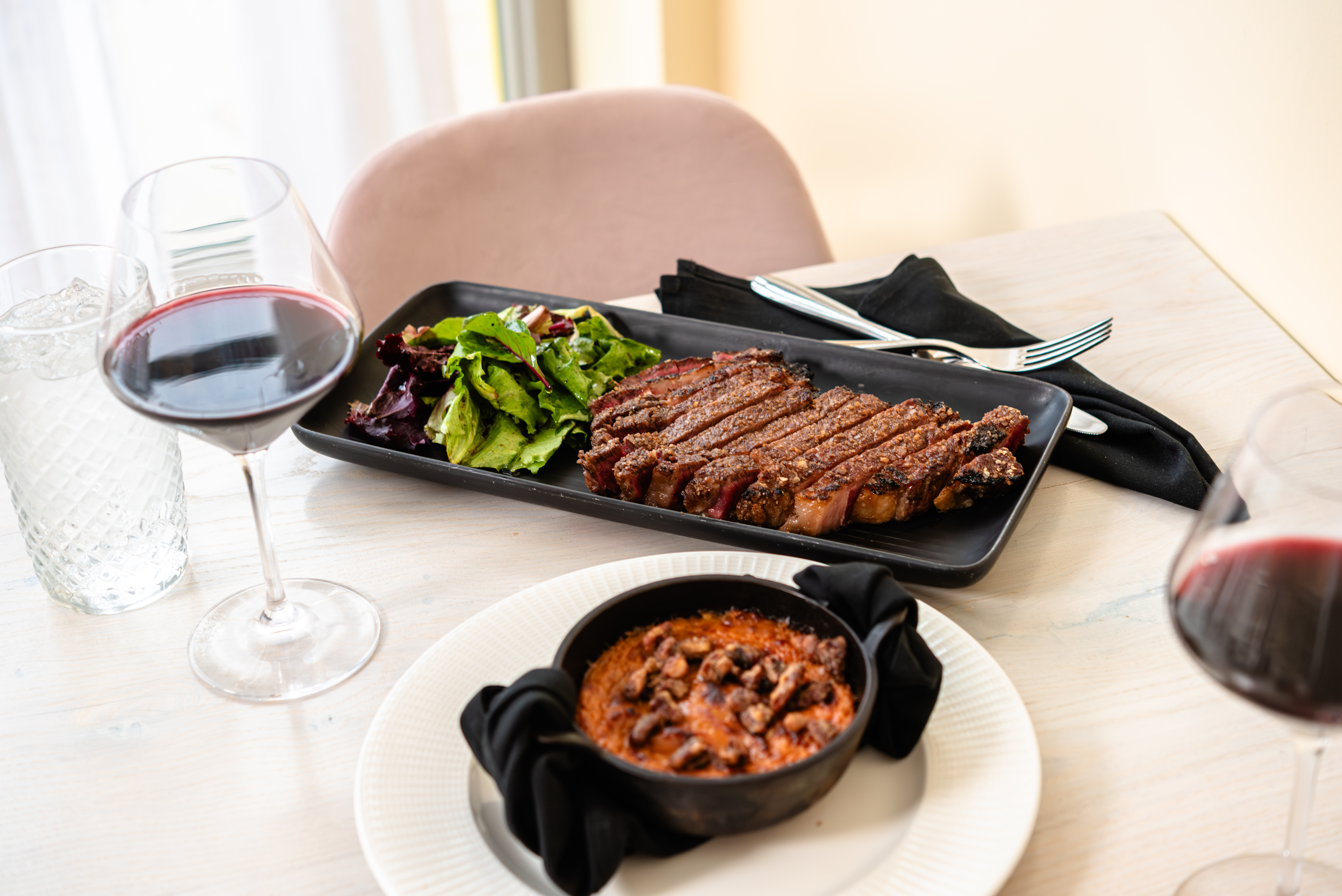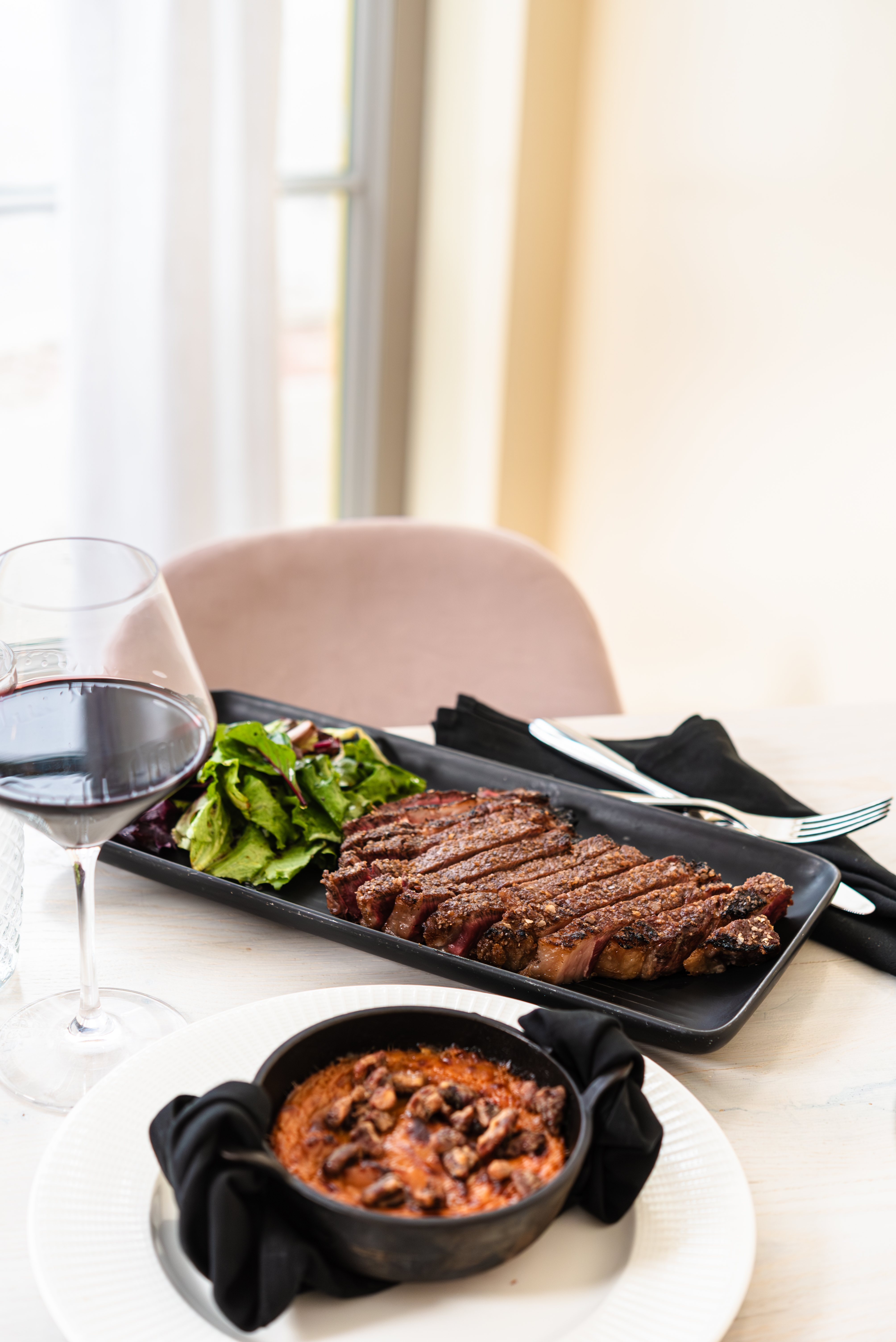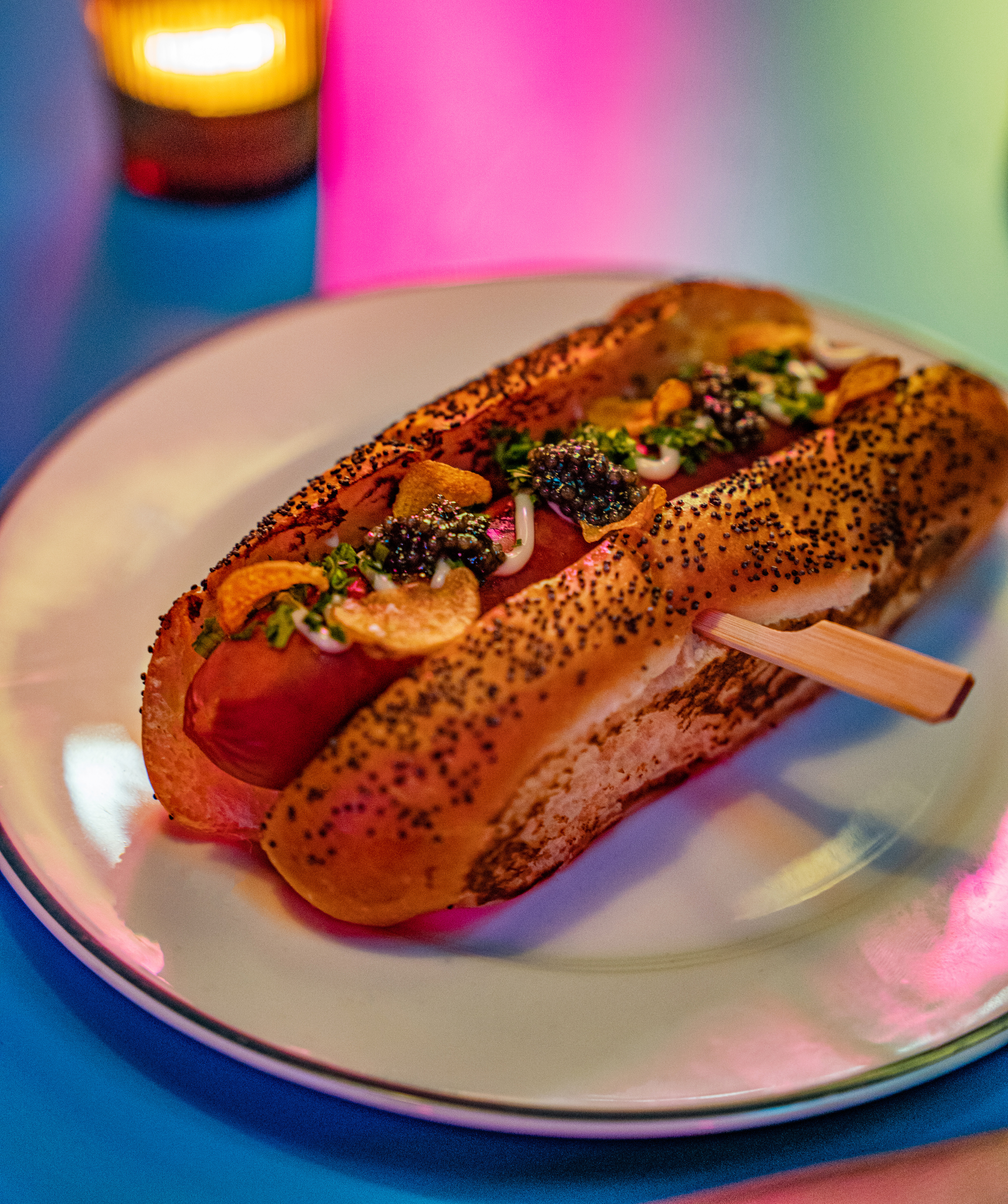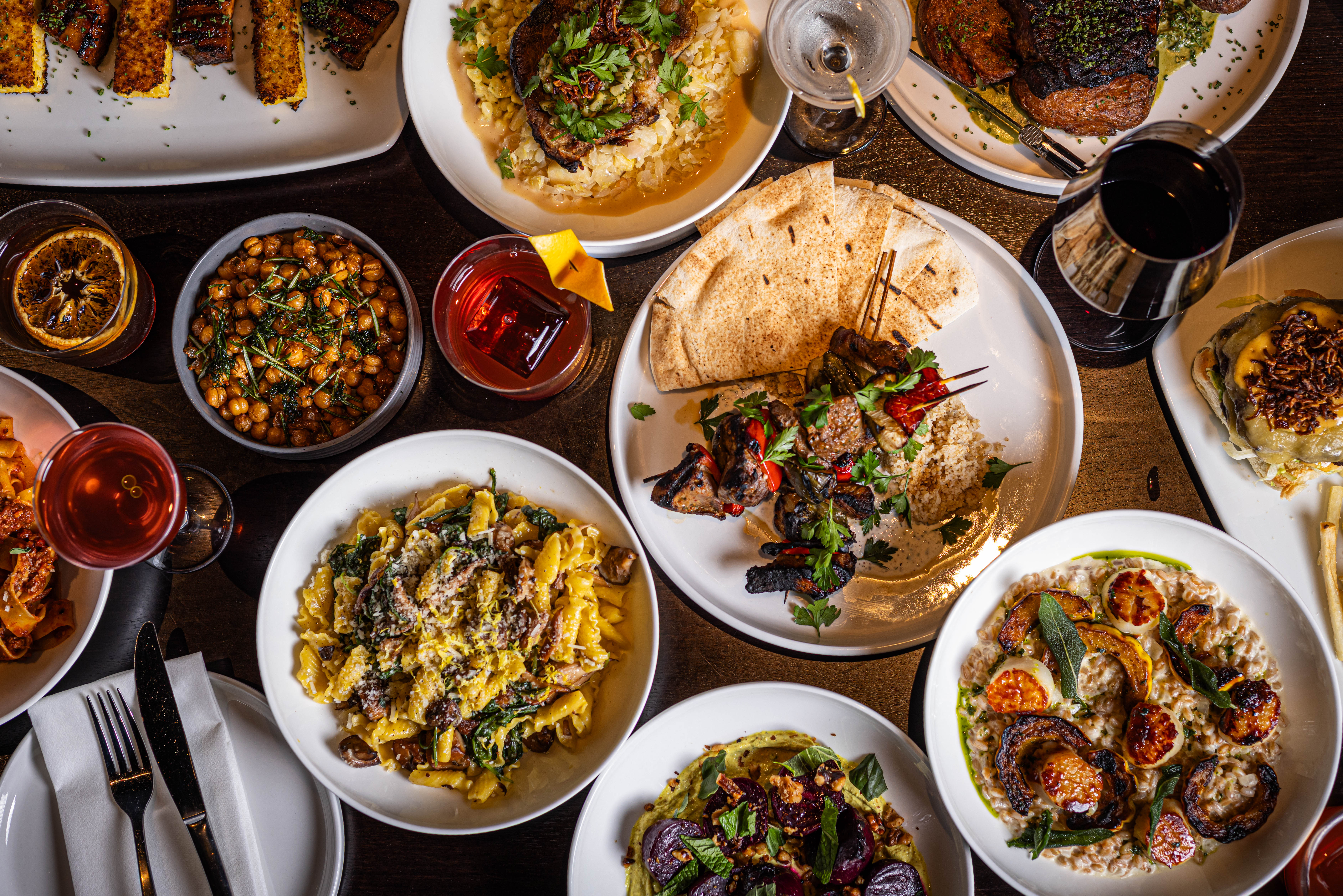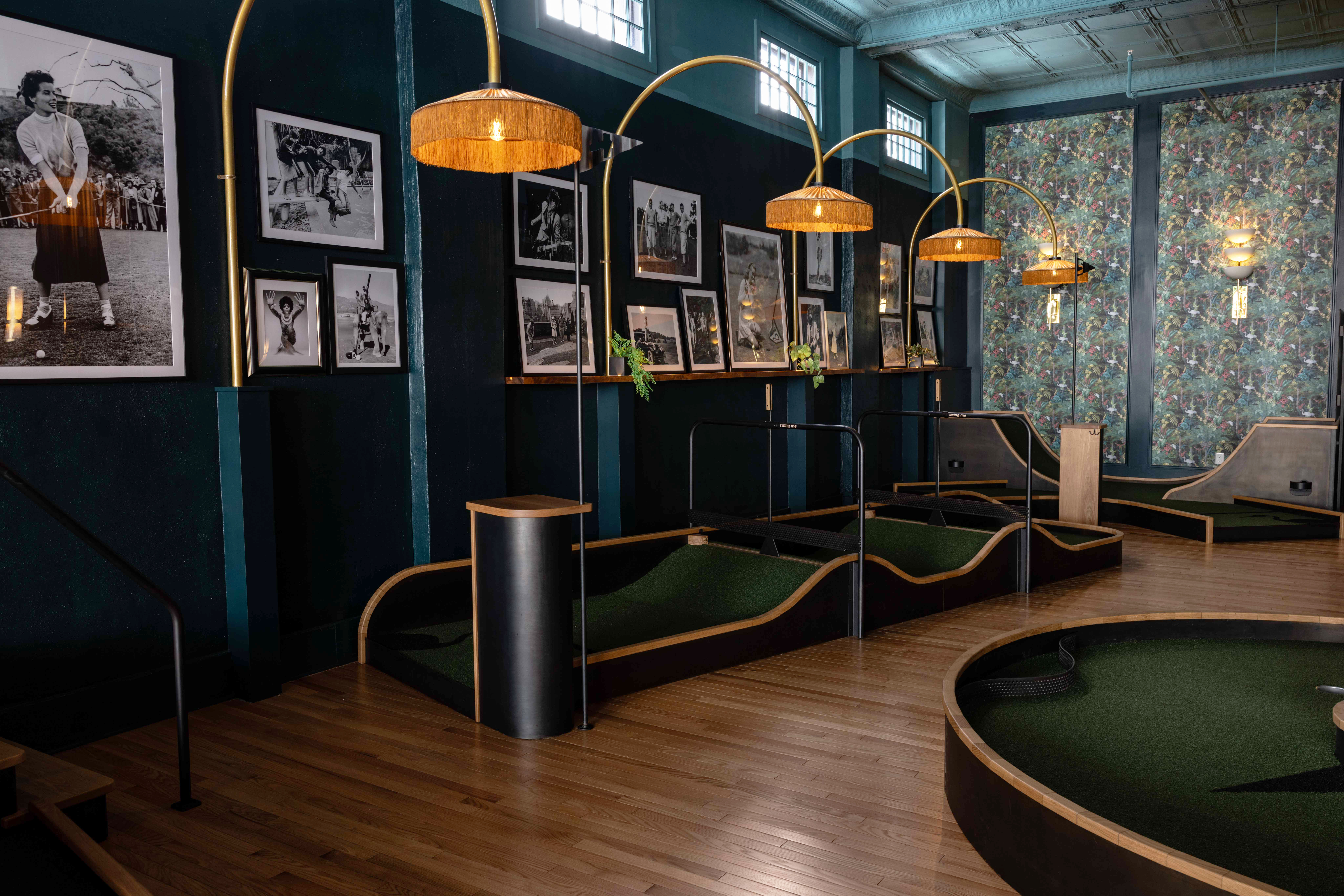Matthew Spinner On The Transformation Of Ushabu Into Bar Oni
by James Bigley II | Jun. 24, 2020 | 9:30 PM
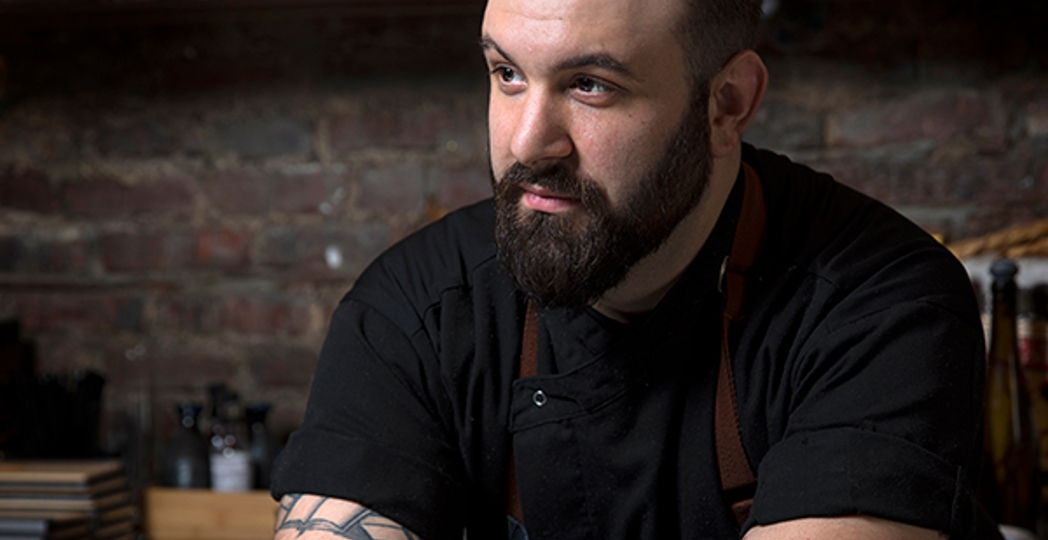
Karin McKenna
Since opening in October 2016, Tremont’s Ushabu has made a name for itself by creating seasonal menus that change wildly, tasting courses based in Japanese history and inventive shabu-shabu and other Japanese cuisine that consistently defied diner’s expectations. For the tasting courses, owner and head chef Matthew Spinner would pour months of research into churning out dishes based on specific eras and regions of Japan. But in response to COVID-19, Spinner is saying goodbye to Ushabu on July 25, when he’ll shut down the restaurant to make way for renovations before reopening in mid-to-late August as Bar Oni, a small plates Japanese pub. “We’ve come to believe that more comforting food, more approachable food and less esoteric and intellectual food is really what’s kind of going to lead the way through contemporary America at least for the foreseeable future,” says Spinner. Here, Spinner shares how he settled on the transformation and what diners can expect from Bar Oni.
Q: What was your evolutionary process from taking what we know and love about Ushabu and turning it into Bar Oni?A: Our first question was how can we get Ushabu into people’s homes? We believe in a business model that you take care of the experience, you take care of the quality and then the revenue is what follows. So we took a stab at in-home shabu-shabu experiences, which moved pretty well. But then we looked at the stage of the outbreak and bouncing through the community and realized that just wasn’t a safe model so we capped that. Then the next question was how do we get our quality and our experience, and what we love about Japanese cuisine into people’s homes? We tried doing takeaway Ushabu, and it was not great. Trying to walk people through that, we printed out instructions and that didn’t work up to our standards. So we settled on takeaway food as the simplest solution. We thought, what in the pantheon of Japanese cuisine fits takeaway the best? We immediately thought of izakaya. That was the birth of that menu.
Q: Can you explain what izakaya dining means and what that looks like?
A: Izakaya is a combination of two words. In Japanese, ‘iz’ means to stay. And ‘sakaya’ is the word for a sake store or liquor store. It originally came about almost like tapas, right? How do we get these people to stay at my wine shop a little longer? Oh, we’ll just pit little noshes out, and they’ll have another glass of wine. And then that grew into the food we know and associate with izakaya, which is yakitori grilled chicken skewers, fried pork cutlets, fried chicken cutlets, sashimi, raw fish dressed salads — unpretentious, comforting, flavor-driven food that’s meant to match with sake.
Q: What are some changes you’re making to Ushabu to transform into Bar Oni?
A: We’re turning a beautiful Japanese restaurant into a beautiful Japanese bar. We really like the high back booths. That’s some great social distancing and a great separation that was already built in. The marble tops on the tables that had the holes in them for the burners will be replaced with locally sourced wood, probably live edge. So we’ll drop nice beautiful, bright wooden tables right on top of there. The counter that’s galvanized aluminum will also become live edge wood. We’re going to throw up 60-inch TVs behind the counter above the service station towards the back of the restaurant. We’re going to end up taking the wall down that separates the kitchen and the dining room, and we’re going to drop a big beautiful wooden island in the kitchen so we can keep an eye on the dining room without necessarily needing to be right up on people.
Q: How will you maintain a similarly unique experience at Bar Oni like you had at Ushabu?
A: What we’re trying to do is create an authentic izakaya experience in Cleveland that dovetails with what Clevelanders know and like in bar, which is to watch sports. There is an oft forgotten experience in other countries that is whacking back a couple of brews with the boys and watching a sporting event. That seems to most Americans as a distinctly American thing, but as someone who has lived abroad, I can assure you it is not. If you’re in Tokyo and the Yomiuri Giants are playing, you’re in an izakaya crushing back Sapporo, eating chicken on a stick and hanging out with your buddies. So we’ll be showing Yomiuri Giants games throughout the year, as well as games on loop.
Q: You’re known for putting a lot of research into your menus. How will that extend into the menu at Bar Oni and what kinds of food will you be offering?
A: Day one research for this started with our yakitori menu that we did two years ago in New York City and Chicago. We spent three months learning how to break down a chicken. We fell in love with the idea of nerding out over the right charcoal to use because it’s not just Binchotan. There are different kinds of Binchotan that come from Japan or Vietnam. The charcoal selection really changes the flavor and cook time of grilling chicken.
Every a la carte menu at a yakitori joint has a pretty standardized menu full of chicken parts. There’s anywhere between 10 and 16 different usable parts from skin to gizzard to liver to cartilage, and then your standards like your thigh, your breast, your tender and your drum and wing. It can be cumbersome to order. So what we’ve done is we’ve married the concepts of yakitori with the style of ordering dim sum. We’ll have paper menus, and you’ll fill in how many pieces of what you would like, and we’ll cook it from there. The opening menu right now as it stands will have different chicken parts, so tenders, breasts, thighs and inner thighs, gizzards, liver and drumsticks. All of those chicken parts, as many or as few as you will like, will be $2 per skewer. Then we’ll have specialty skewers where you’ll find things like walleye, perch, A-5 BMS wagyu or anything that doesn’t fit into the chicken section. There will be a section of strictly vegetables, like tomato, eggplant, shishito peppers, and you can have them grilled or tempura battered and deep fried. Then, we’ll have small plates and salads like a green bean gomae, a house-made seaweed salad. We would like this menu to be as constant as humanly possible. And then, we’ll be open Wednesday through Sunday and each day will have a corresponding large plate entrée. So on Wednesdays, we’re looking at doing a large fried pork cutlet katsu with miso soup, rice and a salad. Thursday, we’re looking at doing a chirashi sushi bowl. Friday, we’re thinking about doing an all-year-round walleye tempura fry and, like, a wagyu steak on Saturdays. And we’re toying with the idea of doing wings on Sundays. They will always be there.
Trending
-
1
-
2
-
3
-
4
-
5





